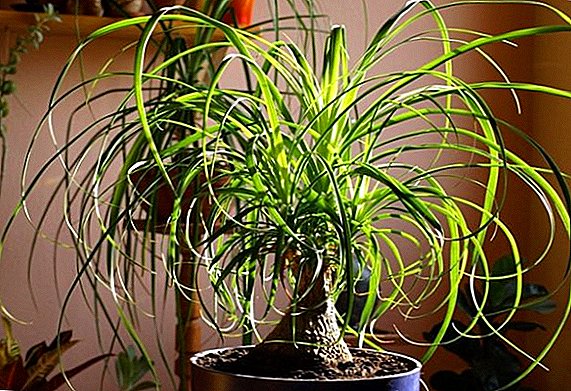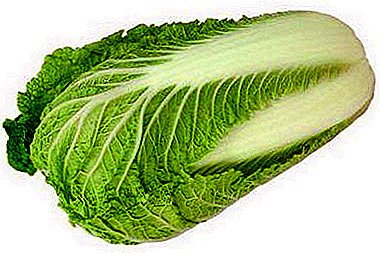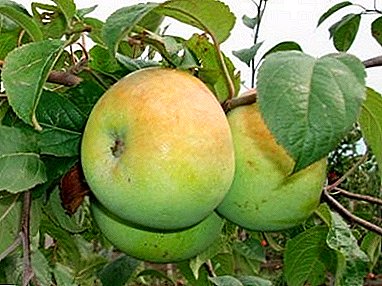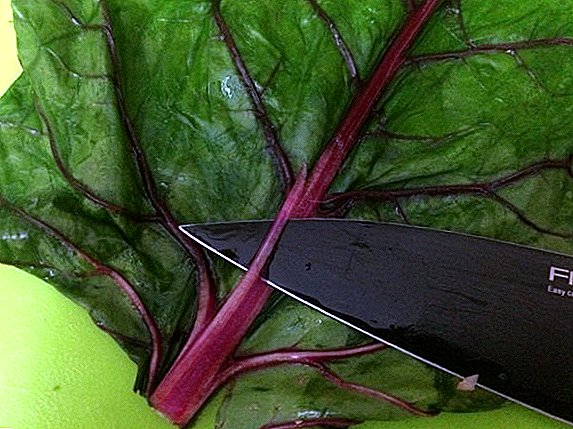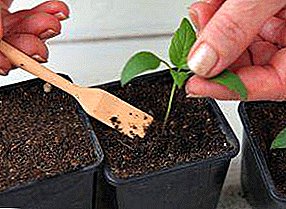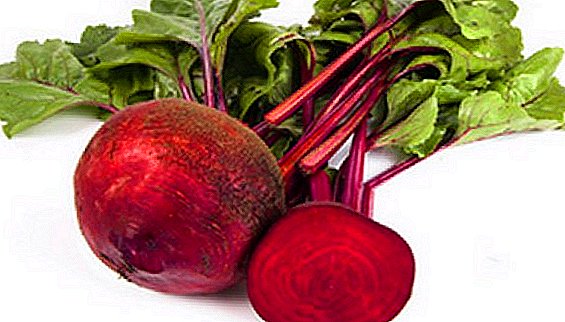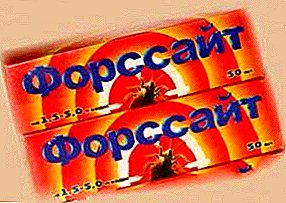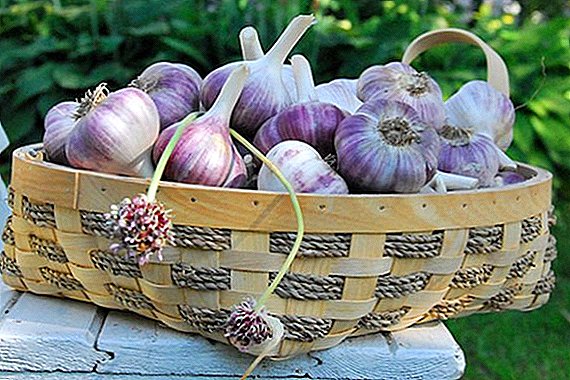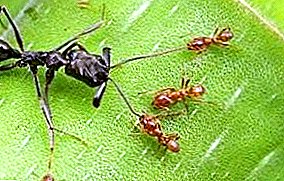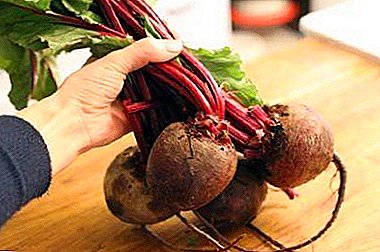
Angina is one of the most complex and dangerous diseases, which is accompanied by an acute inflammatory process and requires competent treatment.
The most effective are antibacterial drugs, but to speed up the process of recovery can and folk remedies, if you combine them with a course of treatment prescribed by a doctor.
In the article, we will consider the usefulness of the root crop and what are the contraindications, as well as we will study the recipes of therapeutic infusions.
Will the root vegetable help?
Beetroot refers to those vegetables that are very often used in traditional medicine recipes. since ancient times, including with sore throat (we talked about the healing properties of beets here). This is due to its chemical composition:
- A whole complex of vitamins:
- provitamin A;
- E;
- WITH;
- IN 1;
- AT 6;
- AT 2;
 AT 5;
AT 5;- U;
- PP
- Trace elements:
- magnesium;
- phosphorus;
- zinc;
- calcium;
- iron;
- potassium;
- vanadium;
- chromium.
- Organic acids:
- apple;
- oxalic;
- lemon;
- winery.
- Pectins.
- Amino acids:
- histidine;
- valine;
- lysine;
- arginine.
Besides, fresh beets are a storehouse of fiber, protein and carotene useful for the body. Such a unique composition and a set of valuable substances has a beneficial effect on the human body as a whole and, in particular, in the treatment of sore throat with tonsillitis.
Fresh beet juice does not irritate the mucous membranes of the nasopharynx, it is absolutely not toxic to the body. Its beneficial effect is manifested in the following:
- antimicrobial and anti-inflammatory effect;
- reduction of mucosal swelling;
- decrease in pain when swallowing due to the effect on the focus of inflammation;
- rapid softening of purulent lacunae and removal of their contents;
- strengthening the walls of blood vessels and the normalization of blood circulation in the larynx.
Important! Beetroot not only relieves angina and reduces pain when swallowing, but also acts directly on the cause of the disease, destroying the infection.
The benefits and harms of this treatment
 The beneficial properties of beet in the treatment of angina are manifested not only in its local effects on the mucous membranes and larynx, but also on the whole organism.
The beneficial properties of beet in the treatment of angina are manifested not only in its local effects on the mucous membranes and larynx, but also on the whole organism.
Regardless of the method of application of compositions based on the root, the patient receives a loading dose of vitamins, which is especially important in a period of weakened immunity.
The body is saturated with nutrients, proteins, carbohydrates, amino acids. Fiber normalizes the work of the entire digestive tract, normalizes metabolism, thereby improving the work of almost all organ systems. Due to the substances contained in the root crop, it has a complex effect:
- antioxidant;
- anti-inflammatory;
- tonic;
- tonic;
- anesthetic;
- cleansing - for the composition of the blood (how the use of beet affects the human blood, read here, and you can see the recipes for cleaning the vessels, intestines, liver);
- normalization of blood pressure.
Important! In order not to harm the body, it is possible to take compositions on the basis of beet juice only 2 hours after its preparation.
If you drink a drink immediately, it is possible:
- nausea;
- dizziness;
- bowel disorder;
- weakness.
Folk recipes based on the root can be harmful to people suffering from unstable and irregular stools.
In detail about the chemical composition of beets, as well as what are the benefits and harms of its use for human health, we told here.
Contraindications
Beets attracts supporters of traditional medicine by providing an instant therapeutic effect. But It is necessary to take into account a number of contraindications for which root vegetables are not recommended. as a means of complex therapy. These include:
 frequent diarrhea;
frequent diarrhea;- gastritis;
- low gastric acidity;
- diabetes;
- susceptibility to allergies;
- osteoporosis.
Carefully use beets for the treatment of angina during pregnancy, because of the hormonal changes in the body of the future mother, it is difficult to predict the reaction to the products she previously used to. Nursing women need to completely abandon this vegetable, so as not to provoke an allergic reaction in the newborn.
Step-by-step cooking instructions: how to gargle with a sore throat?
In folk medicine, there are many recipes based on beets. Among them are compositions for ingestion, for rinsing sore throat, for compresses. Vegetable is used not only in pure form, but also in combination with other products. Each of the recipes has its own cooking characteristics and reception regimen.
Rinsing beet juice
 Fresh juice quickly reduces inflammation:
Fresh juice quickly reduces inflammation:
- cleaned root wash;
- Grate, preferably not metal;
- then squeeze the resulting mass through gauze.
The drink can be prepared using a juicer. Before rinsing, warm the juice in a water bath to room temperature (or use a microwave).
Rinse repeat in the first 2 days every 2 hours until noticeable signs of improvement. In the next 3 days, the procedure is carried out 3-4 times a day.
With vinegar
 How to treat pain when swallowing, using the composition with vinegar? Quickly a mixture of beetroot juice and 6% vinegar will help eliminate the feeling of pain.
How to treat pain when swallowing, using the composition with vinegar? Quickly a mixture of beetroot juice and 6% vinegar will help eliminate the feeling of pain.
- For 1 cup fresh fresh juice (250 ml) take 1 tablespoon of essence.
- Rinse solution to use in the form of heat every 1.5-2 hours during the first day.
- With a noticeable decrease in pain in the larynx, the frequency can be reduced to 4-5 rinses per day.
Course duration - 4-5 days.
Instead of the usual table wine or apple vinegar can also be used effectively.
Let's see visually how to make a solution for rinsing from beet juice and vinegar:
With carrots
 The combination of beet and carrot juice for sore throat is a real panacea:
The combination of beet and carrot juice for sore throat is a real panacea:
- make fresh fresh vegetables from vegetables;
- mix in equal quantities.
In the form of heat, apply the solutions for gargling 5-6 times a day for 1 week. until complete disappearance of symptoms. The same composition is effective in the common cold and nasal congestion. Instill in each nostril 2-3 drops with an interval of 2-3 hours.
Instead of fresh beet juice, you can use another basis:
- rubbed pulp steamed with boiling water;
- Cover the container and leave to infuse for 5-6 hours;
- after that, strain the composition and mix it with carrot juice.
With onion
 For the recipe you will need 1 large onion and 80 ml of fresh beet juice.
For the recipe you will need 1 large onion and 80 ml of fresh beet juice.
- From the bulb in any way to squeeze the juice (through cheesecloth or using a grater).
- Mix with the main therapeutic ingredient, add 75 ml of warm water, leave for 10 minutes to infuse.
- Use the solution for frequent rinsing of the throat - every 2.5-3 hours for 3 days.
It is not recommended to store the composition in the refrigeratorit is better to prepare a fresh portion each morning.
With cranberries
 Juice of fresh cranberries will enhance the therapeutic effect of purulent tonsillitis.
Juice of fresh cranberries will enhance the therapeutic effect of purulent tonsillitis.
- Fresh juices mix in the same proportions.
- Dilute the resulting composition with warm water at a ratio of: 100 ml of mixture to 50 ml of water.
- The treatment composition gargle with sore throat 5 times a day.
If the effect is not noticeable within 2 days, treatment should be changed.
With honey
 Bee products are effective in treating infectious and viral diseases.including purulent tonsillitis.
Bee products are effective in treating infectious and viral diseases.including purulent tonsillitis.
- For a therapeutic solution, mix 100 ml of fresh beetroot and 50 ml of warm boiled water.
- As part of a well-dissolve 1 tablespoon of honey.
- To rinse the throat every 2.5 hours, the duration of the course of treatment is 4-5 days in combination with the main drug therapy.
Compresses
To quickly remove the excruciating sore throat, you can use compresses. They can be prepared in several ways:
In pure form
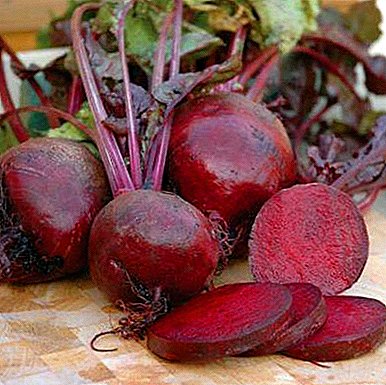 One boiled root vegetable to clear, skip through a meat grinder or grind on a grater.
One boiled root vegetable to clear, skip through a meat grinder or grind on a grater.- Apply the mass on a gauze bandage and place on the neck, capturing the area of the lymph nodes.
- Fix the bandage with a strip of film and a woolen scarf.
With onion
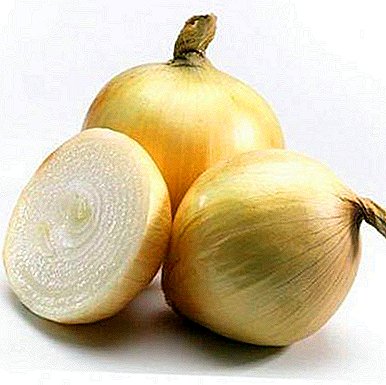 Mix in equal parts crushed pulp 1 onions and 1 beet (be sure to squeeze and drain the juice, it can be left to rinse).
Mix in equal parts crushed pulp 1 onions and 1 beet (be sure to squeeze and drain the juice, it can be left to rinse).- Coat the gauze bandage evenly with medical mass.
- Attach to the neck and secure with a warm towel or scarf.
Compresses have a therapeutic effect if left on the neck for 1.5-2 hours. After removing the throat with a warm bandage to preserve the warming effect.
Medicinal Infusion Recipes
For therapeutic purposes, it is recommended to use infusions based on beet juice with other ingredients:
With rosehip
 This composition is a source of a shock dose of vitamin C, which means that it will quickly cope with a sore throat:
This composition is a source of a shock dose of vitamin C, which means that it will quickly cope with a sore throat:
- one root grate;
- pour 1 cup boiling water;
- pour 0.5 cups of wild rose berries;
- Infuse the mass in a tightly closed container for 6 hours.
Mouth gargle regularly after 2 hours.
With propolis
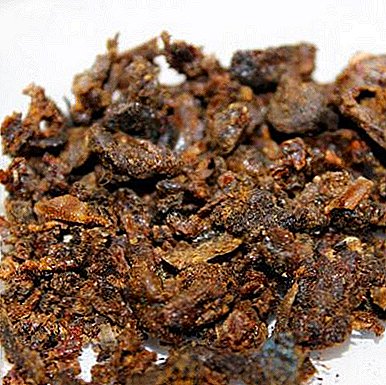 Boil the root, well washed and not peeling, until cooked.
Boil the root, well washed and not peeling, until cooked.- Before removing from heat, add 0.5 tsp of propolis.
The composition used for rinsing in the form of heat, and can store no more than 4 days in the refrigerator.
The most effective for the treatment of angina is young beet. It is ideal for the preparation of compresses, infusions and rinse solution. However, the root crop cannot be used as an independent therapeutic agent; therapy with folk remedies will be effective only in combination with the main antibacterial course of treatment.


 AT 5;
AT 5; frequent diarrhea;
frequent diarrhea; One boiled root vegetable to clear, skip through a meat grinder or grind on a grater.
One boiled root vegetable to clear, skip through a meat grinder or grind on a grater. Mix in equal parts crushed pulp 1 onions and 1 beet (be sure to squeeze and drain the juice, it can be left to rinse).
Mix in equal parts crushed pulp 1 onions and 1 beet (be sure to squeeze and drain the juice, it can be left to rinse). Boil the root, well washed and not peeling, until cooked.
Boil the root, well washed and not peeling, until cooked.